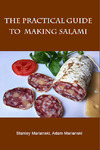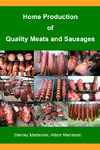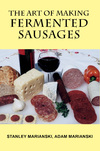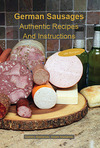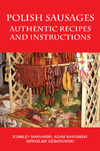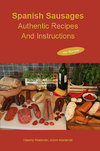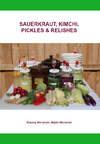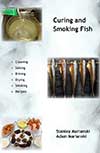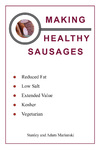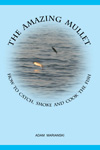Meats and Sausages
Salting Meats
Salt must be applied to meat in a large amount to be effective as a meat preservation method. Salting alone was usually practiced only on fish, as the flesh of fish is not very thick and salt will draw all of the moisture away. To preserve meat by salting alone we have to apply very large amounts of salt to draw the moisture out. The resulting brine is drained away and more salt is added. A big cut of meat will not lose enough moisture from inside and would spoil unless it is carefully dried. Dry hams are salted and dried, however, this requires careful monitoring of temperature and humidity, the process that can last up to a year. It is more complicated than throwing beef jerky for 4 hours to the dehydrator. Smaller and thinner meat cuts could be preserved in salt, however, they will have to be de-salted in water before cooking. To prevent growth of Clostridium botulinum bacteria we have to apply 10% salt in relation to meat weight, but as mentioned, we can apply less salt when meat will be subsequently dried.
Large meat cuts and sausages are usually preserved by two-step drying process:
- Salting - removing moisture and preventing growth of microorganisms.
- Drying - continuous removal of moisture.
It is impossible even to imagine how the meat can be processed, cooked or eaten without salt. Adding salt to meat provides us with the following benefits:
- Prevents growth of bacteria.
- Provides flavor.
- Swells meat proteins and makes them softer, juicier and more tender.
Although salting meat is often termed as curing, it is not a good definition as salt alone does not provide pink color, and I do not believe any person would buy a gray colored ham. Salting does not bring out this special “curing” flavor of meat that we get when the meat is properly cured.

